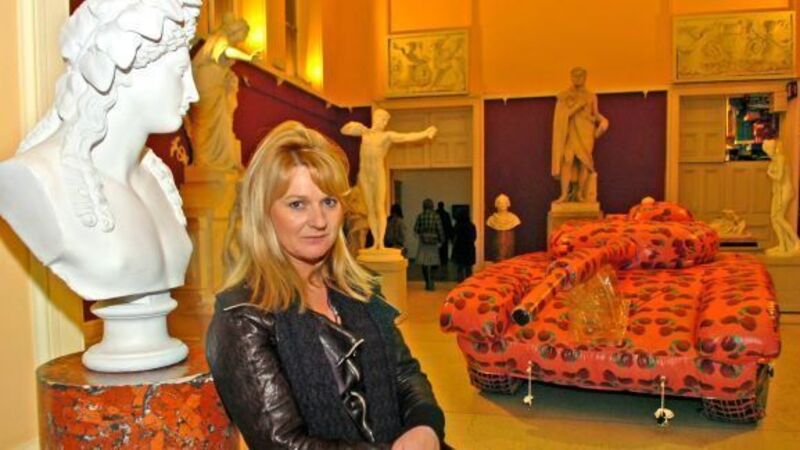O' Brien rises to occasion with latest exhibit 'With Bread'

In the past, Abigail O’Brien has done this with everything from the rituals endemic to our culture (in her ‘Seven Sacraments’ series) to the nostalgia that the toy inspires in us (in her ‘Airfix Days’ installation). Her latest exhibition, ‘With Bread’, illuminates something that occupies a banal yet central place in most of our lives. It does so in a way that poses questions concerning gender and capitalism, while celebrating bread’s ancient place in our cultural and spiritual lives.
Having debuted in Drogheda last year, the exhibition — which comprises photography, video, and sculpture — moves to The Dock in Carrick-on-Shannon from Feb 7 to Apr 5. The most immediately striking aspect of the photographs in the exhibition is the primordial quality they capture in the creation of bread. O’Brien’s video installation documents the genesis of pain au levain, the starter-dough, the origins of which stretch back 6,000 years.











